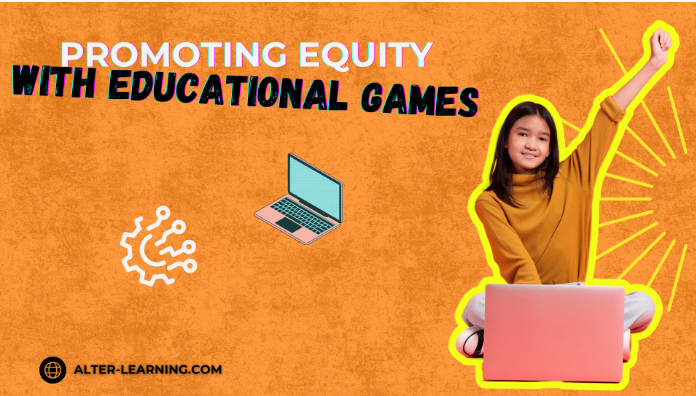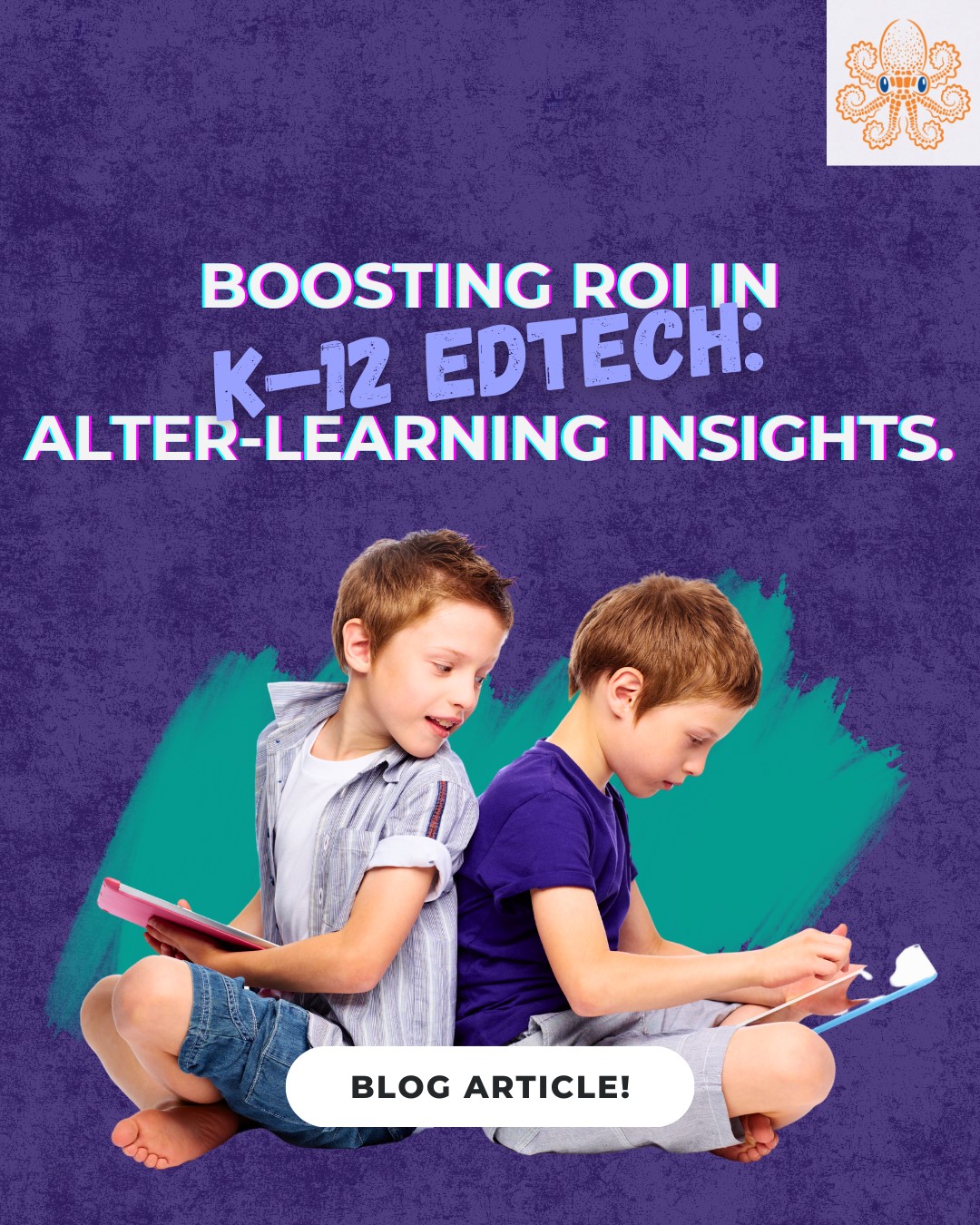Equity in education has always been a challenge. Not every student has access to the same resources, teaching styles, or opportunities. In today’s classrooms, where technology plays an increasingly important role, the question becomes: how can we make sure digital tools support all learners fairly?
Educational games can offer part of the answer. When thoughtfully designed, they can create inclusive, flexible, and engaging learning environments where every child has the chance to succeed. Alter-Learning’s approach to STEAM educational games and immersive technology shows how game-based learning can support not only achievement but also equity.
How Games Can Level the Playing Field
Unlike textbooks or traditional lectures, games can adapt to students’ needs in real time. This flexibility can help ensure that no learner is left behind. Educational games can:
- Offer multiple entry points, allowing students with different abilities to engage with the same material,
- Provide adaptive difficulty levels that adjust challenges to match each learner’s pace,
- Encourage collaborative learning, where students share strengths and support peers,
- Deliver instant feedback, so learners know where they stand without waiting for grades.
By shifting from one-size-fits-all instruction to more personalized experiences, interactive STEAM learning tools can give every student a better chance to thrive.
Accessibility Features That Make a Difference
Promoting equity also means considering diverse needs. Games designed with inclusivity in mind can integrate features such as:
- Audio cues for students with reading or visual challenges,
- Colorblind-friendly palettes and adaptable text sizes,
- Subtitles and narration for multilingual learners,
- Multiplayer environments that encourage collaboration among diverse groups,
- Low-tech compatibility, ensuring students can participate even without high-end hardware.
These features can turn immersive learning environments into spaces where all students feel welcomed and empowered.
Encouraging Diverse Learning Styles
Students learn in different ways: some respond best to visuals, others to hands-on experimentation, and still others through collaboration. Educational games can address this diversity by combining:
- Visual exploration (such as AR biology exploration or 360-degree educational videos),
- Kinesthetic interaction (such as interactive physics simulations or virtual chemistry labs),
- Collaborative teamwork (through co-op problem-solving or engineering challenges for students),
- Creative expression (using digital art creation tools or music-based activities).
By tapping into multiple learning styles, games can reach students who might otherwise disengage in traditional classrooms.
Breaking Down Barriers to Participation
Equity also involves tackling broader obstacles such as economic or geographic disparities. Educational games can help by:
- Running on accessible platforms that don’t require costly equipment,
- Providing remote learning options through XR educational content and VR education apps,
- Offering multiplayer features that connect students across classrooms, cities, or even countries,
- Embedding teacher dashboards and learning analytics so educators can monitor progress and provide timely support.
These strategies can help ensure that no matter where students come from, they have meaningful access to interactive STEAM learning.
Fostering a Culture of Belonging
Beyond tools and features, equity is also about culture. Educational games can help foster environments where all voices matter by:
- Creating collaborative challenges that value teamwork over competition,
- Designing narratives that reflect diverse perspectives and histories,
- Encouraging empathy and problem-solving through role-play and immersive storytelling.
Such design choices can help students feel seen, respected, and motivated to participate fully.
Equity as an Ongoing Commitment
Promoting equity is not a one-time fix—it’s a continuous effort. By combining adaptive technology, inclusive design, and thoughtful integration into the classroom, educational games can help bridge gaps and open opportunities.
Alter-Learning’s commitment to STEAM educational games, VR coding tutorials, AR science experiments, and accessible design highlights how innovation can align with inclusivity. With each thoughtful step, schools can make progress toward classrooms where all learners—regardless of ability, background, or circumstance—have the chance to explore, create, and thrive.
Because in the end, equity in education is not just about access—it’s about ensuring every student has the tools and support to succeed.
Follow Alter-Learning for more insights into immersive education, edtech success stories, and the future of learning. Want to explore how VR/AR could transform your school or learning platform? Let’s connect.




